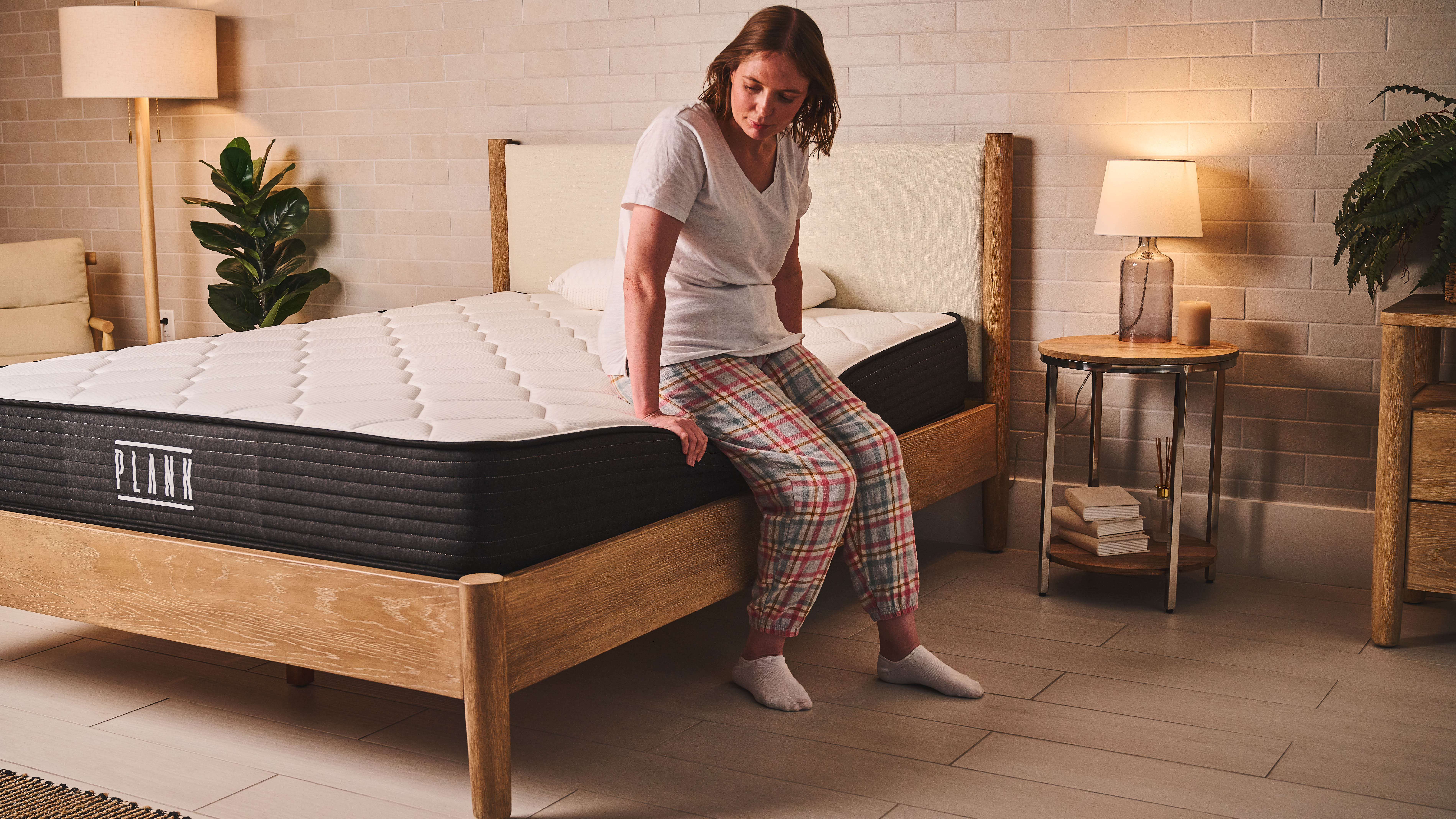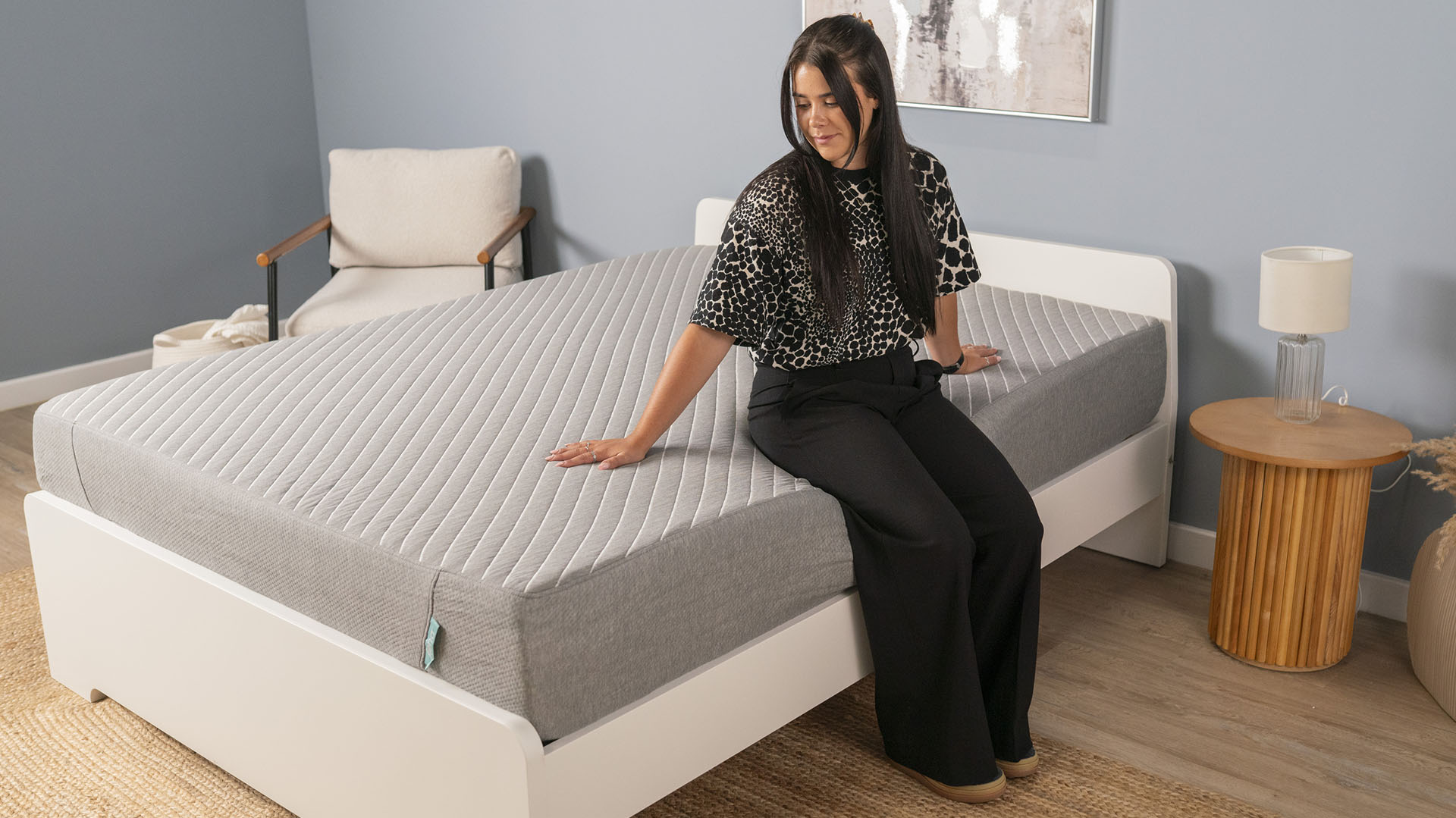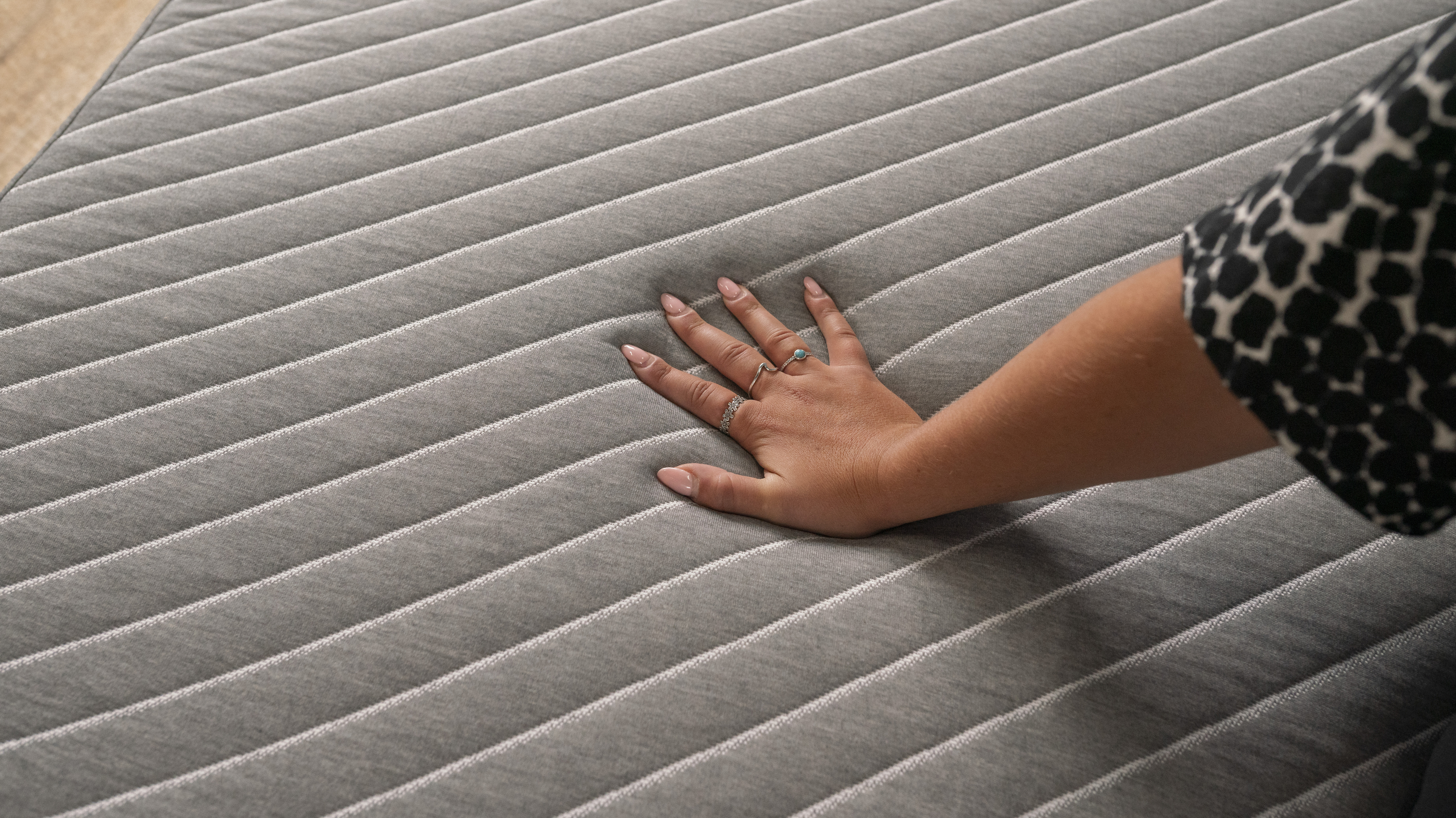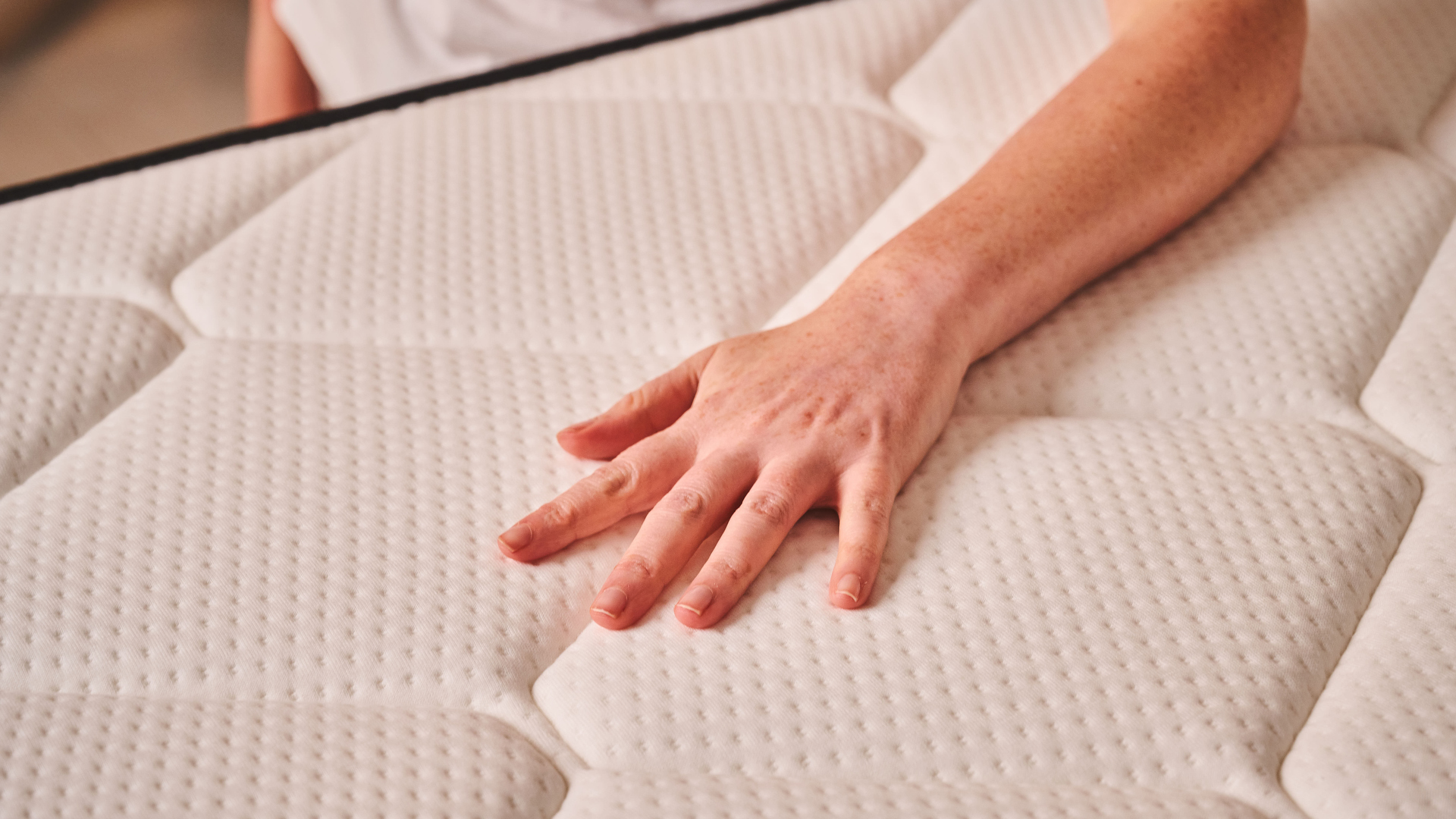
As a sleep writer, I know how important it is that your mattress supports your sleep position. But if you're a stomach sleeper, can a memory foam mattress provide the support you need? After all, if a mattress is too soft it can lead to aches and pains.
There are many all-foam mattresses in our guide to this year's best mattresses for all sleep styles, and memory foam as a material is used in a wide range of beds. Memory foam mattresses have gained popularity for their contouring and pressure relieving support, however, that sink-in feel might not be comfortable for stomach sleepers.
If you're a stomach sleeper wondering whether to buy a memory foam mattress, then I've put together this guide to help you decide if all-foam beds are right for you. Read on to decide if you should buy a memory foam mattress for stomach sleepers in the upcoming Presidents' Day mattress sales.
What is a memory foam mattress?
As the name suggests, a memory foam mattress is a bed made entirely of foam. Memory foam is a type of polyurethane foam mixed with additives to give it the ability to contour to your body's shape, resulting in a cushioning support.

The best memory foam mattresses use several layers of foam to create the perfect balance of comfort and support. The memory foam layer is usually on top as it has that squishy, soft feeling that will conform to your body shape when you lie on it.
When you get up, memory foam will slowly return to its original form, but it does have a tendency to retain heat, so they’re not always the best choice for those seeking one of the best cooling mattresses.
However, a lot of memory foam mattress today do include cooling technology (such as infusing the memory foam with cooling gel or including a heat-dissipating cover) to offset the heat-trapping tendencies.
Do memory foam mattresses suit stomach sleepers?
When you lie on your stomach, you need a mattress that provides enough support in the hip region to maintain proper spinal alignment. The best mattresses for stomach sleepers are those which combine the pressure-relieving properties of memory foam with the sturdy support of coils or springs.
You'll find this combination in our guide to this year's best hybrid mattresses for all sleepers, as the coils offers excellent support to prevent hips from sinking. Meanwhile the memory foam layers add contouring comfort.

However, that doesn’t mean stomach sleepers should stay away from memory foam mattresses. There are plenty of memory foam mattress that offer a firm feel, then you’ll have the right amount of support to keep your spine aligned. Some of the best mattresses for back pain are all-foam and are purposefully designed to relieve pressure on the hips and shoulders, the areas where stomach sleepers need it the most.
3 things stomach sleepers should look for in a memory foam mattress
Memory foam mattresses are one of the most popular mattress in a box styles available, and they have become more versatile to suit all sleeping styles. But if you are a stomach sleeper, it’s important that you choose the right memory foam mattress to ensure you get the best sleep night after night. Here’s what to look for when choosing a memory foam mattress as a stomach sleeper.
1. A medium-firm or firm feel
Stomach sleepers need a mattress that is firm enough to support your body weight and to stop your hips sinking too deeply into the bed surface. It’s best to look for a medium-firm or firm mattress, as these mattresses lack give, meaning you sleep on top of the bed rather than sinking in. Firmness is subjective and partly related to body weight, so if you're a stomach sleeper with a lighter build (under 130lbs), avoid anything too firm
2. A strong supportive base
Memory foam mattresses are often made of multiple layers of foam, with softer top layers giving way to sturdier base foams. These dense foams sit at the bottom of the mattress to provide full-body support, while the upper layers offer body contouring cushioning. If you're a stomach sleeper, these firmer foams should provide the majority of the feel of your memory foam mattress.

3. Good edge support
Strong edge support benefits those who like to sleep close to the side of the bed, but it's also a must for stomach sleepers. Stomach sleepers have a tendency to spread out, taking up more space than your average side sleeper. Good edge support will ensure that you won't slide off the bed if your knee strays to close to the edge.
4. Responsive cushioning
Responsive foams move when you move, cradling the body so you can avoid the feeling of being stuck. Responsive foams also tend to be firmer than slow-moving, sink-in foams, providing pressure relief at the hips, knees, and shoulders without causing your spine to dip.
5. A sleep trial
Sleep trials give you an opportunity to test the bed at home, so you can decide if it really is right for your sleep style. The average sleep trial lasts 100 nights, which is ample time, but some brands offer as long as 365 nights so you can use the bed in all seasons (we recommend waiting at least three weeks to break in a mattress.)







